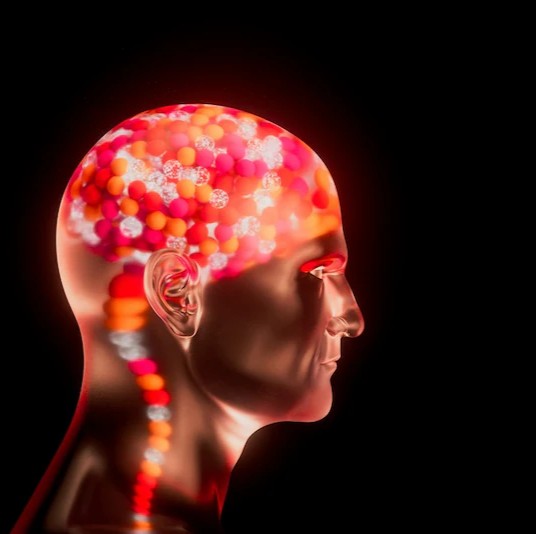A Step Toward Mind–Machine Integration
Merge Labs’ project is based on ultrasound technology and genetic engineering, offering a simpler and safer alternative to surgical brain implants. The core idea is to enable biological–digital communication, bridging human neurons with computing systems.
Altman is said to be assembling a strong founding team, including Mikhail Shapiro, a biomolecular engineer from Caltech known for his pioneering work in neural imaging and ultrasound-based brain interaction. Also expected to be part of the project is Alex Blania, CEO of Tools for Humanity (the company behind Worldcoin). While Shapiro’s exact role remains unconfirmed, sources suggest he may be among Merge Labs’ founding members — signaling a strong scientific foundation for the initiative.
This approach diverges sharply from Neuralink’s surgical methods, focusing instead on non-invasive pathways that avoid scalpels and surgical risks.
How Ultrasound Could Enable Brain Communication
At Caltech, Professor Mikhail Shapiro previously demonstrated how ultrasound waves could be used to interact with neurons — allowing scientists to study and even influence brain activity without surgery. His lab’s research focuses on using sound waves in conjunction with genetic tools to make specific brain cells responsive to acoustic signals.
This combination of gene therapy and neural acoustics allows the creation of brain–machine communication channels where biological tissue can “talk” to digital systems. Essentially, it’s a method of reading brain activity and potentially transmitting commands or data in real time, without implanting electrodes.
The Bigger Picture: Competing with Neuralink
Altman’s Merge Labs represents a new frontier in human–AI symbiosis, where communication between mind and machine could be achieved safely, affordably, and at scale.
While Elon Musk’s Neuralink relies on surgical implants to achieve high-fidelity neural communication, Merge Labs aims for a non-invasive, scalable BCI that could reach a much broader user base.
If successful, this could redefine the future of neurotechnology, AI-human interaction, and even mental health and learning applications. It could allow people to control devices using thought, augment cognitive functions, and even explore digital telepathy — all without medical intervention.
Source:gadgets360GPT







